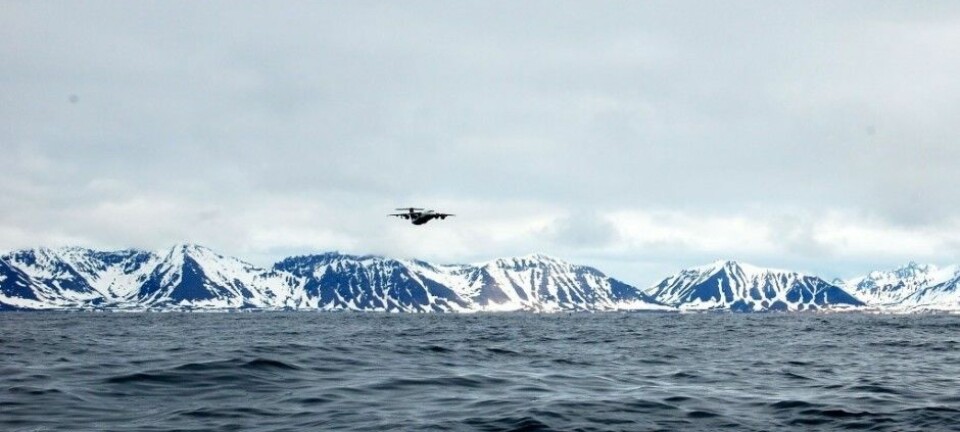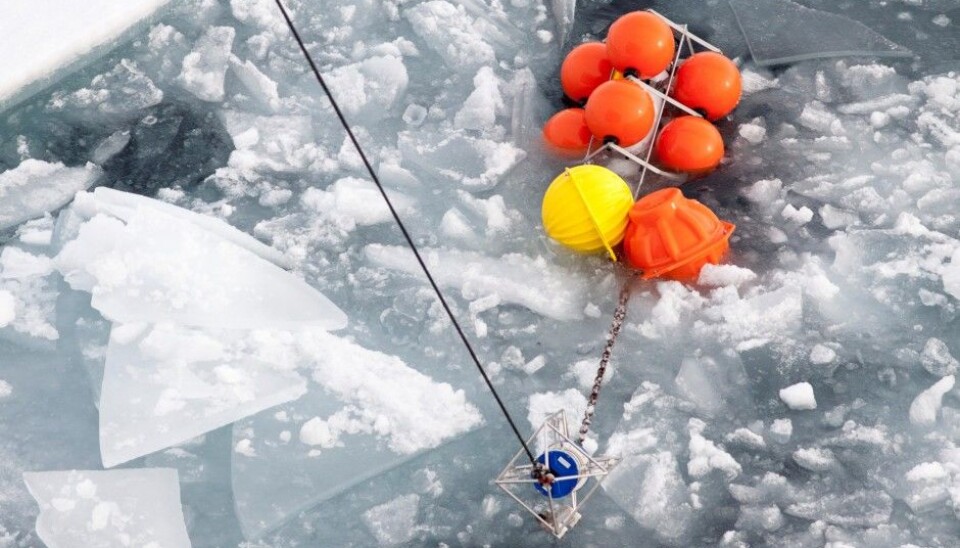
Arctic Ocean starting to resemble the Atlantic
A process of “Atlantification” is turning the Arctic Ocean inside out.
The Arctic Ocean surrounds the North Pole at the top of our planet.
Some of the water in the Arctic Ocean comes through the Bering Strait between Alaska and Russia and some comes from Siberian rivers. But most of it makes its way from the Atlantic Ocean up the Norwegian coast.
Half of this water courses past Northern Norway, taking a right into the Barents Sea. The rest continues north to Svalbard, and a large part of this in turn flows eastward toward Siberia. Until recently, Atlantic waters hit a wall here, in the form of ice, and disappeared into the depths. The water sank deeper and deeper as it flowed east.
In recent years the ice north of Svalbard has been shrinking.
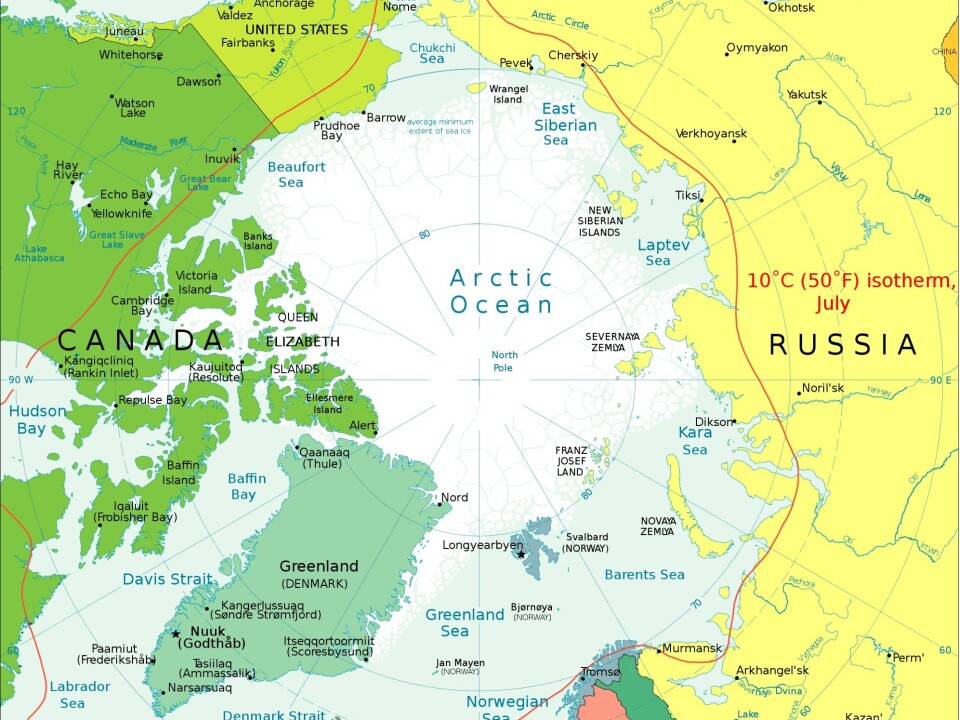
“The ice-free area north of Svalbard has been steadily increasing in size, and the ice-free season is getting longer and longer,” says researcher Arild Sundfjord at the Norwegian Polar Institute, based in Tromsø.
“A lot of studies clearly show that the warm Atlantic waters are the driving force behind the sea-ice loss in this area,” he tells forskning.no.
Further east, the ice is also decreasing, but there higher air temperatures have been the main cause – until now.
Atlantification
A recent study involving Sundfjord shows that the effect of the warm water from the Atlantic Ocean has expanded into the eastern parts of the Arctic Ocean.
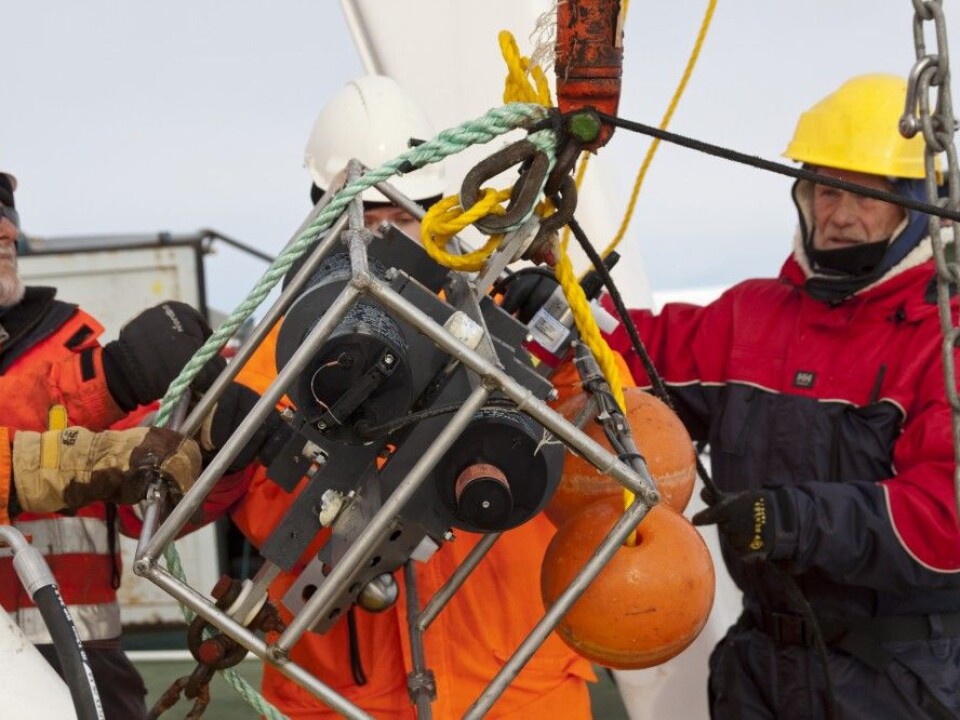
“The Atlantic waters are now just as significant as atmospheric warming for the dwindling ice cover beyond the Laptev Sea,” says Sundfjord.
The Laptev Sea is located north of central Siberia. Researchers have affixed gauges to the seabed there and recorded temperature, salinity and current all the way up to the surface.
“Of course there are natural variations from year to year, but the trend has been very clear: bigger areas are staying ice-free for longer periods,” Sundfjord says.
Mixed up waters
In school we learned that warm water is lighter than cold water. So shouldn’t the warm waters of the Atlantic rest on top of the ice-cold Arctic Ocean? Well, it’s not quite that simple.
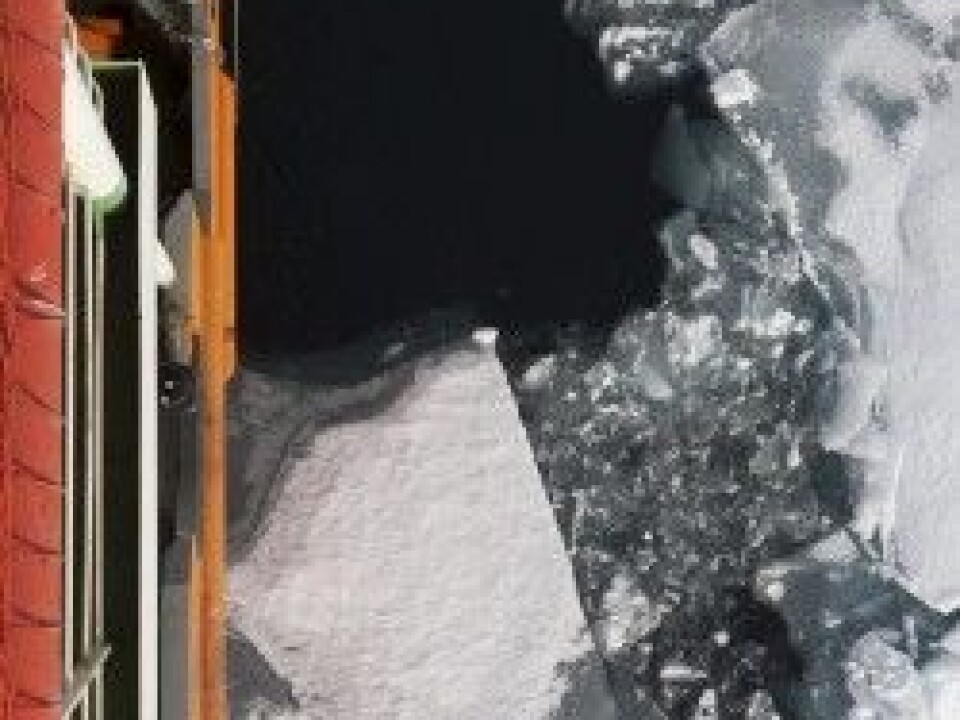
There’s so much salt in the Atlantic Ocean that it becomes heavier than Arctic waters, which contain a lot of fresh water from rivers and melting ice. That causes the Atlantic water to be drawn into the depths north of Svalbard and eastward. It’s stayed there quietly in its own layer, without shifting around – that is, until recently.
The ocean has gradually become less stratified in the last few decades.
“That's what we’re seeing the effect of with the melting. It's not that the Atlantic water has become that much warmer, but that the haloclines – or water layers – have weakened, causing more of the oceanic heat to rise,” says Sundfjord.
“This heat also keeps the sea from freezing in the winter,” he says.
The effect is self-reinforcing. If less ice freezes in the winter, there’s less ice to melt in the summer and therefore less fresh water that can push the warm and salty Atlantic water into the depths. That means less fresh water to maintain the haloclines that prevent oceanic heat in the Atlantic layer from reaching the surface.
Sundfjord says that how this water mixing takes place is one of the most uncertain aspects of current climate models. He would like to be getting even better measurements.
“We only have a few measuring points, and none between Svalbard and the Laptev Sea,” he says. Having more measurements would allow scientists to determine what is happening between Svalbard and central Siberia with greater certainty.
Alive – but hardly lively
Less ice could affect ocean life in several ways.
“A longer ice-free season means more sunlight, which for starters means more algae growth,” says Sundfjord.
Algae are the basis for all marine life. They are food for crustaceans and zooplankton, which in turn are food for fish and other sea creatures.
“At the same time, nutrients are limited, especially in the inner and eastern parts of the Arctic Ocean,” Sundfjord says.
But the mixture of water layers plays a role here, too. The Atlantic water brings a lot of nutrients into the Arctic Ocean.
The layered mixture increases the likelihood that nutrients from dead organisms that have sunk to the bottom may be stirred up and give new life when they encounter the zone that sunlight can reach. But what kind of life is not so certain.
“In recent years, more southerly species have become established in the Barents Sea and around Svalbard. It’s conceivable that this trend will continue eastward,” says Sundfjord.
“But at the same time these species are used to having light most of the year, whereas the Arctic Ocean will still have polar night several months every year. So it’s not a given that Atlantic species will thrive there,” he adds.
Another recent study shows that thinner ice has led to a resurgence of phytoplankton in the Arctic Ocean.
“Both of these results show that the Arctic is becoming a very different place than it has been,” Harvard researcher Christopher Hovart tells Climate Central. He has led the study of plankton growth.
-------------------------------------
Read the Norwegian version of this article at forskning.no








